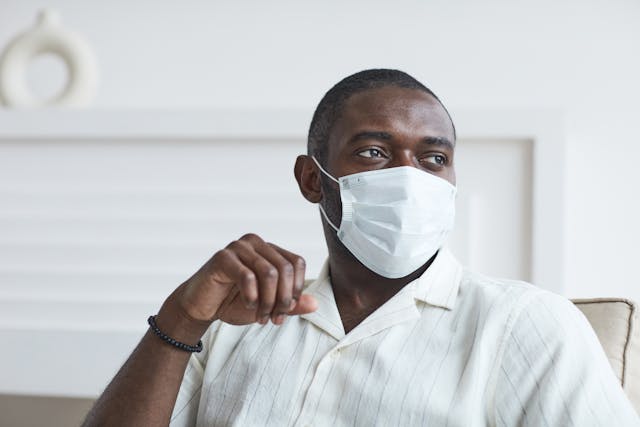The Federal Government has announced plans to implement surveillance measures for inbound passengers from China, following reports of a surge in Human Metapneumovirus (HMPV), a respiratory virus raising global attention almost five years after the first news of COVID-19.
Dr John Oladejo of the Nigeria Centre for Disease Control and Prevention (NCDC) confirmed the government’s proactive stance, stating: “The Federal Government will activate surveillance measures, like quarantine, for passengers coming in from China.”
Meanwhile, a spokesperson for the World Health Organisation (WHO) noted: “There has been a recent rise in acute respiratory infections, but the overall scale and intensity of respiratory diseases in China this year are lower than last year.”
While Chinese health officials have not officially linked the surge in respiratory infections to HMPV, the virus has been highlighted as a growing concern globally. In the United States, cases of HMPV have steadily risen since November 2024, with 1.94% of weekly tests returning positive as of late December, according to data from the Centers for Disease Control and Prevention (CDC).
For most people, HMPV causes cold-like symptoms, but in rare cases, it can lead to severe respiratory conditions such as bronchitis or pneumonia, particularly in high-risk groups. Unlike COVID-19, there is no antiviral treatment or vaccine for HMPV, though experts stress it is unlikely to spark a global pandemic.
Key Differences Between HMPV and COVID-19
Both HMPV and COVID-19 are contagious respiratory illnesses with similar symptoms, including coughing, fever, nasal congestion, and shortness of breath. However, HMPV is seasonal, typically appearing in winter and spring, whereas COVID-19 has shown year-round transmission due to emerging variants.
Additionally, while COVID-19 has vaccines and antiviral therapies, HMPV is managed through preventive hygiene and supportive care.
Symptoms of HMPV
HMPV symptoms are often mild but can escalate in vulnerable groups. Common symptoms include:
Cough
Fever
Nasal congestion
Shortness of breath
Vomitting
In severe cases, HMPV can progress to bronchitis or pneumonia, particularly in infants, older adults, and individuals with underlying health conditions such as asthma or chronic obstructive pulmonary disease (COPD).
Who Is at Risk?
Although anyone can contract HMPV, the following groups are at higher risk of severe outcomes:
Infants and children under five
Adults over 65
Individuals with weakend immune systems (e.g., due to cancer, HIV, or organ transplants)
People with pre-existing respiratory conditions, such as asthma or COPD
How HMPV Spreads
HMPV spreads through close contact with infected individuals or contaminated surfaces. You can become exposed by:
Touching your mouth, nose, or eyes after contact with infected surfaces
Inhaling droplets from sneezes or coughs
Close physical contact, such as handshakes
***
Feature Image by August de Richelieu for Pexels












